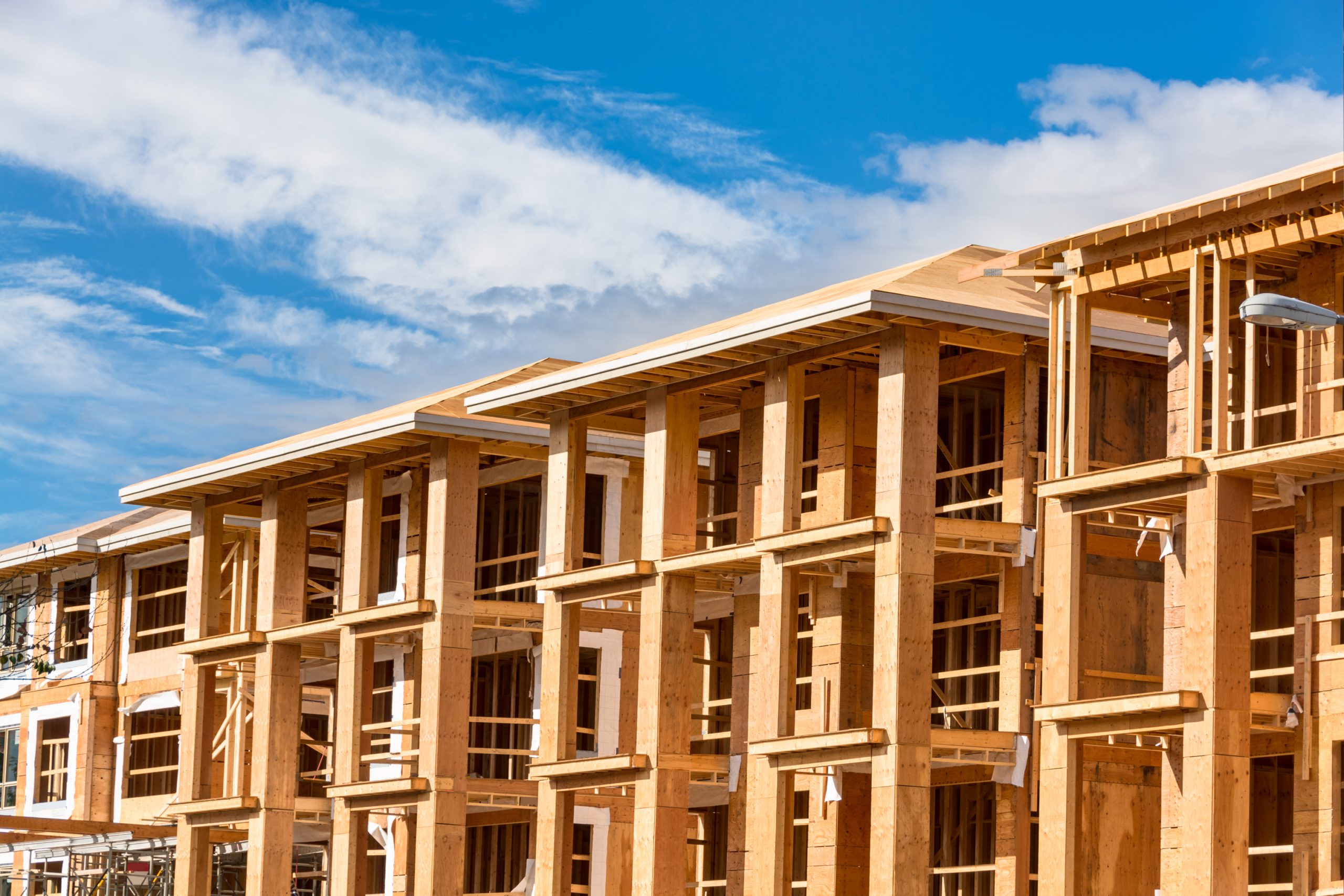A balcony is much more than just an exterior structure. It provides a space to host family and friends, create memories, and enjoy the delights of the outdoors. Maintaining wood-framed balconies’ service life is vital to the safety and resiliency of the structure and to mitigate potential structural errors while limiting risks to tenants.
Regional Trends
In British Columbia (B.C.), balcony membrane renewals and repairs are common within multi-unit residential buildings (MURB) of wood-frame construction. One of the contributing factors includes the use of material that has a shorter service-life than most of the other components and materials used on the building. Due to the warmer and more humid climate in B.C., plus the influence of market trends, the regional choice and most commonly applied material to waterproof balcony surfaces, is sheet vinyl membrane. Sheet vinyl membrane has an expected service-life of about 10-15 years subject to the quality of product, workmanship and wear-and-tear. If your building structure is expected to last over 60 years, then you can expect the membrane to be replaced multiple times over the lifespan of the building. Membrane renewal can impact other components of a balcony, and may include guardrail replacement/upgrading, balcony door replacement, structural damage remediation, fire-stopping and wall cladding and soffit removal and replacement. The exercise may not be as simple as replacing the membrane as it depends on condition, age, design and new code regulations.
With the movement to more sustainable and resilient designs, the durability and longevity of the whole building and its parts becomes increasingly important. Sustainable practices in part require that building materials and components last longer with less frequent renewal milestones and incorporate adaptable construction techniques. Resilient practices require that the building structure and its components will relatively withstand the effects of potential natural disaster events and beyond.
Beneath the Surface
A proper and effective membrane installation will require that the substrate (the underlying layer) is adequately sloped in the proper direction, and that the materials are secured with minimal movement to prevent affecting the membrane and its joints and adhesion. It is also important to return the membrane to the vertical termination upwards or downward – upwards at wall surfaces and through the sub-sill of openings (doors) where low-thresholds, and downwards to protect the edges and promote drainage run-off. Installation of these returns in the upward direction will demand the removal of the existing wall cladding, and a level of effort subject to the cladding material. The removal and reinstallation of vinyl siding will require much less effort and is more cost effective than stucco. For this reason, and to improve a building’s durability, the installation of a localized cladding panel strip at the base of the walls adjacent the balconies could facilitate a less impactful renewal.
Guard Rails
Aside from the balcony structure and membrane, guard rails are mandatory for safety and a necessary component of the balconies’ exterior design. Face-mounted guard railings have been ubiquitous in B.C. over the last 20 years. This design was a result of the common failures of the top-mounted railing design to prevent water intrusion at fastener penetrations and corrosion/failure of the fasteners. The membrane renewal work will require replacement and a professional structural engineer to sign off on the new configuration, ensuring that there is adequate substrate material for the fastening. The local aluminum railing manufacturers consider that a new fabricated face-mounted railing as more cost-effective, and less susceptible to corrosion, than modifying or retrofitting the existing top-mount designs.
Avoiding Hazards
It is important to keep in mind that if your building was built before the 1990s, it is possible that the membrane removal could involve asbestos abatement, testing will confirm if asbestos containing material is present. However, with proper structural engineering analysis, and design of specific wood treatment, specific nailing techniques/patterning and splicing of a new secondary permanent splint joist, it could avoid the potentially costly work within the interior of the building.
Ensuring tenant safety is WEC’s number one priority, as well as extending the building’s longevity in an informed and innovative manner. In addition, WEC’s focus on innovation ensures the latest technologies are applied to projects of every scope, and that skilled design teams provide design options that meet the clients’ needs. As leaders in sustainable design, WEC continues to uphold the commitment to environmental consciousness and responsibility and continues to work towards meeting and maintaining environmental initiatives. Whether a condominium owner or strata council, it is important to understand the “what,” “how” and “why” behind the upkeep of a wood-framed balcony.
